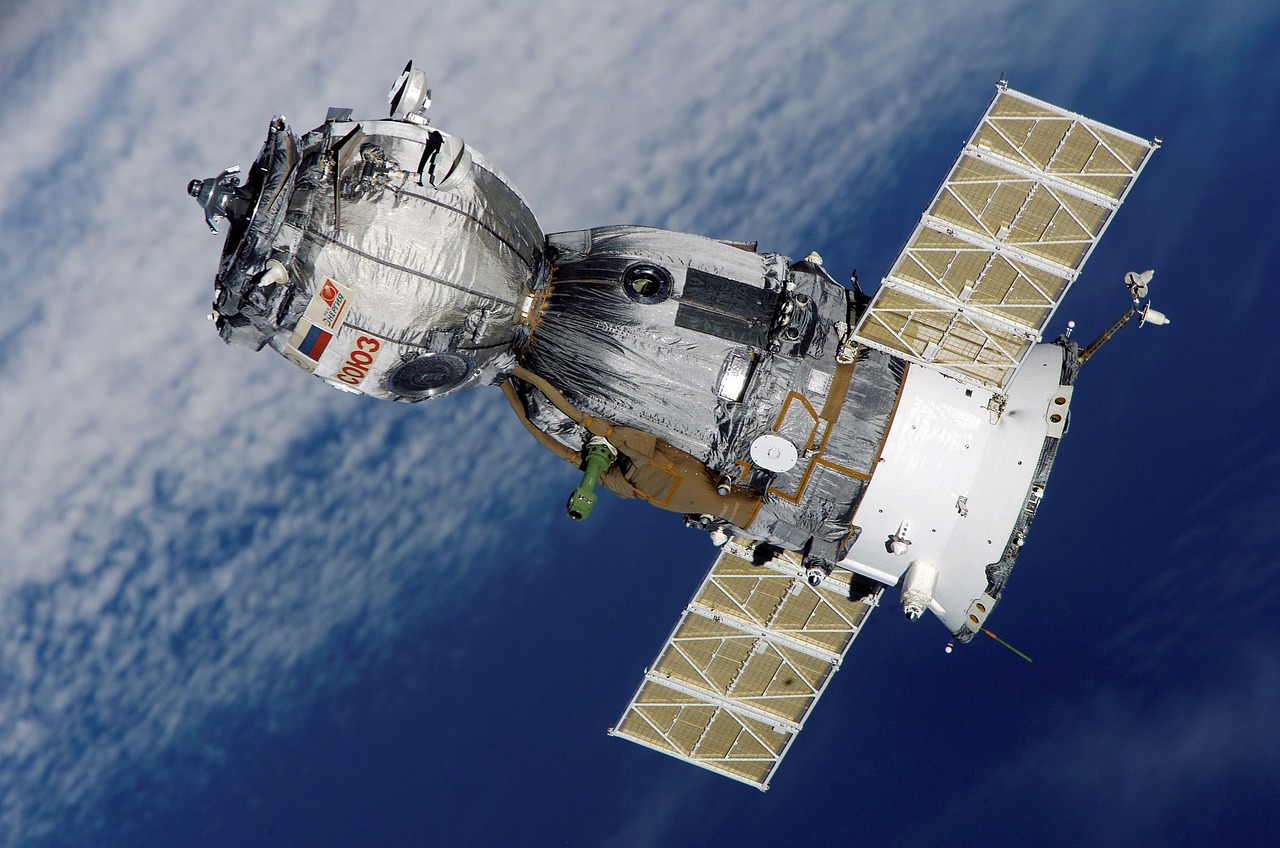Suborbital Tourism: The Next Frontier of Luxury Travel
As the boundaries of terrestrial travel blur, a new era of adventure beckons from the edge of space. Suborbital tourism, once a far-fetched dream, is rapidly evolving into an exclusive reality for thrill-seeking travelers with deep pockets. This emerging industry promises to redefine luxury experiences, offering a glimpse of Earth's curvature and the black expanse of space in a journey lasting mere minutes. As private companies race to make space accessible, we delve into the world of suborbital flights and their potential to revolutionize the concept of high-end travel.

The concept of suborbital tourism isn’t new, but recent advancements in rocket technology and a surge of private investment have accelerated its development. Companies like Virgin Galactic, Blue Origin, and SpaceX are at the forefront of this burgeoning industry, each with their unique approach to making space tourism a reality. As these pioneers push the boundaries of what’s possible, they’re not just creating a new form of travel—they’re shaping an entirely new market segment.
The Suborbital Experience
What exactly can aspiring space tourists expect from a suborbital flight? The journey begins long before launch day, with extensive medical screenings and training sessions designed to prepare passengers for the rigors of space travel. On the day of the flight, travelers don specially designed spacesuits and board their vessel of choice—be it a spaceplane like Virgin Galactic’s VSS Unity or a more traditional rocket like Blue Origin’s New Shepard.
The ascent is swift and exhilarating, with passengers experiencing forces up to 3.5 times that of Earth’s gravity. Within minutes, the spacecraft reaches its apogee, and for a brief, magical moment, travelers float in microgravity, gazing at the curvature of the Earth and the inky blackness of space. The descent is equally thrilling, with the spacecraft gliding or parachuting back to Earth, concluding a journey that lasts approximately 10 to 15 minutes from start to finish.
The Price of Touching the Stars
As with any pioneering technology, the cost of suborbital tourism is currently astronomical. Tickets for these brief jaunts to the edge of space are priced in the hundreds of thousands of dollars, with some estimates reaching as high as $250,000 per seat. This hefty price tag positions suborbital tourism firmly in the realm of ultra-luxury experiences, accessible only to the wealthiest of travelers.
However, industry experts predict that as technology advances and operations scale up, prices will gradually decrease, potentially opening up space tourism to a broader, albeit still affluent, market. The hope is that, much like the early days of commercial aviation, what begins as an exclusive indulgence for the elite will eventually become more accessible to the general public.
Environmental and Ethical Considerations
While the prospect of commercial space travel is undeniably exciting, it also raises important questions about environmental impact and ethical responsibility. The carbon footprint of a single suborbital launch is significant, with some estimates suggesting it could be equivalent to a transatlantic flight. As the industry grows, there are concerns about the potential cumulative effect on the Earth’s atmosphere and climate.
Moreover, the allocation of vast resources to space tourism in a world grappling with pressing terrestrial issues has sparked debate. Critics argue that the billions invested in suborbital tourism could be better spent addressing global challenges like poverty, healthcare, and climate change. Proponents, however, contend that space tourism could drive technological innovations with wide-ranging benefits for society as a whole.
The Future of Space Tourism
Despite the challenges, the future of suborbital tourism looks promising. As technology improves and safety records are established, we can expect to see an expansion of services and experiences. Some companies are already exploring the possibility of point-to-point suborbital travel, which could revolutionize long-distance transportation by dramatically reducing travel times between distant cities.
Furthermore, the success of suborbital tourism could pave the way for more ambitious space travel ventures, including lunar tourism and even trips to Mars. As the industry matures, it’s likely to spawn new supporting sectors, from space hotels to specialized travel insurance, creating a whole new ecosystem of space-related services.
Cosmic Considerations for Aspiring Space Tourists
• Rigorous health checks are mandatory—ensure you’re in peak physical condition before booking.
• Expect intensive pre-flight training, including simulations and weightlessness preparation.
• Pack light—strict weight limits apply, and you won’t need much for this brief journey.
• Be prepared for schedule changes—launches are highly dependent on weather conditions.
• Consider purchasing specialized space travel insurance to cover this unique adventure.
• Document your experience, but be present in the moment—these few minutes are truly once-in-a-lifetime.
As we stand on the precipice of a new age in travel, suborbital tourism represents more than just a novel experience for the ultra-wealthy. It symbolizes humanity’s enduring spirit of exploration and our relentless pursuit of the unknown. While challenges remain, the potential of this emerging industry to inspire, innovate, and transform our perspective on our planet is immense. As suborbital flights become more frequent and accessible, they may just redefine what it means to be a world traveler—by taking us beyond the world itself.





